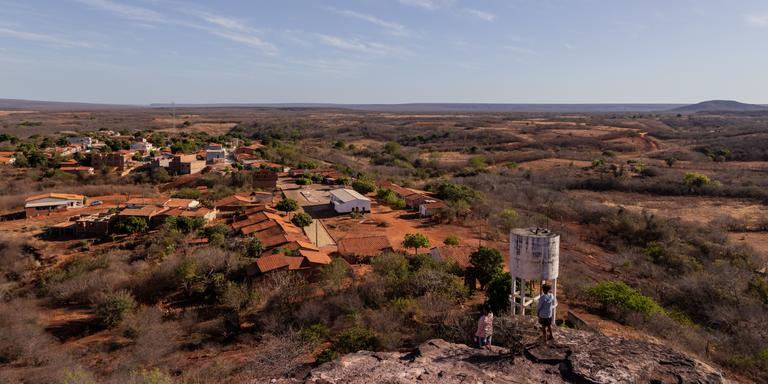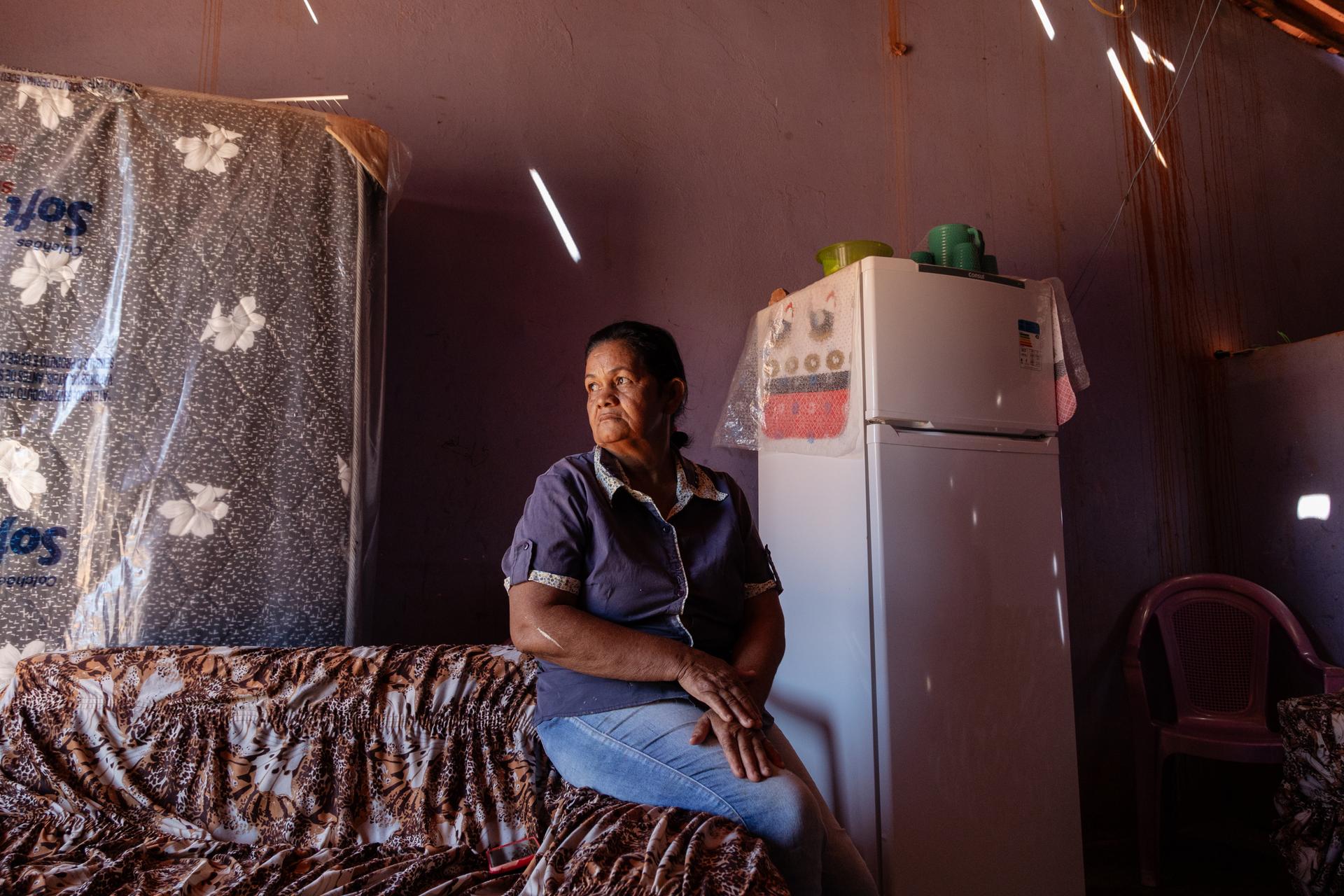


Guaribas, Brazil's former 'hunger capital,' is now the country's most 'Lula-ist' city
FeatureGuaribas, in the state of Piaui, has established itself as a testing ground and symbol of the social policies of Luiz Inacio Lula da Silva's Workers' Party, which returned to power in January.
It's hard to imagine a more thankless path. It winds through a rough, grey forest of thorny bushes. The slope is steep. The stony ground crumbles underfoot. But after a kilometer in the sweltering heat, the reward is greenery – leaves, trees, ferns. And above all, water, from a small spring hidden in a corner of the cliff. An unexpected oasis in the middle of an arid landscape.
"In the past, hundreds of us would line up in the forest to draw water, often in the middle of the night. It could take hours to fill a can, drop by drop. But there was no other choice: it was the only source of water for the whole town," said Leticia Alves de Souza. At 60, this resident of Guaribas – a town in the south of the state of Piaui (Nordeste) – knows all about the "old days" of just two decades ago. Back then, Guaribas was Brazil's "hunger capital." "A time of suffering," she summed up.
But since then, "everything has changed," said Leticia. The poorest city in the country, Guaribas was set up as a testing ground, a pilot city and a symbol of the social policy of the Workers' Party (PT) of Luiz Inacio Lula da Silva, president from 2003 to 2011, who returned to power on January 1. Twenty years ago, the Fome Zero ("Zero Hunger") program was launched here, with the aim of eradicating hunger in Brazil. The program has met with some success, but it also faces challenges and raises many questions.

In 2000, the city had the worst Human Development Index (HDI) in Brazil, at 0.214, lower than any country in the Sahel. Guaribas (named after a large howler monkey) was then isolated from the world, surrounded by red sandstone cliffs and uncrossable stretches of caatinga, the "white forest" in the Tupi-Guarani language. The nearest large town, Sao Raimundo Nonato, lies 150 kilometers away, at the end of an inaccessible track.
'One pair of flip-flops per family'
The houses are made of mud. There's no asphalt or electricity, and food is scarce. During the dry season, the men go hunting for rodents, armadillos and deer, but they often come back empty-handed. Water and food are in short supply. "In Guaribas, those who managed to have lunch didn't have dinner, and vice versa," Leticia observed. The inhabitants barely have enough to wear. "There was one pair of flip-flops per family," added Maria das Neves.
The 63-year-old silver-haired Guaribana has a vivid memory of February 3, 2003. On that day, a fleet of helicopters landed on the town's football field. On board were four representatives from Lula's government, who had come to launch the war on hunger: a Bolsa Familia ("family allowance") program, construction of water reservoirs, literacy initiatives, water and electricity connections, food acquisition, among other things. The left-leaning government flooded the Nordeste with social programs.
You have 66.07% of this article left to read. The rest is for subscribers only.
